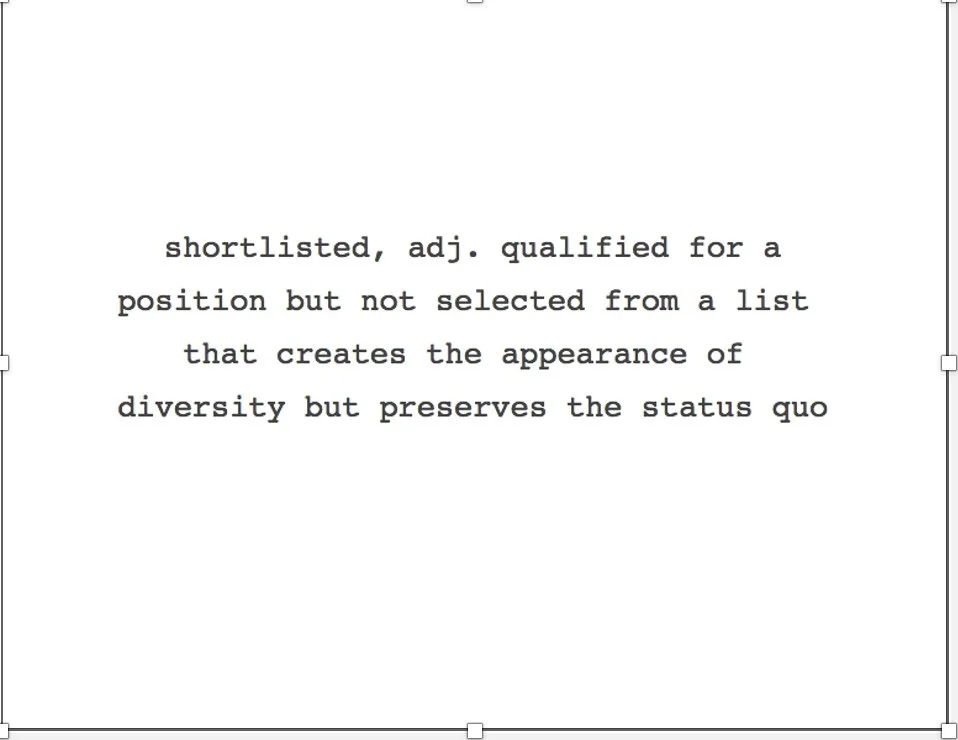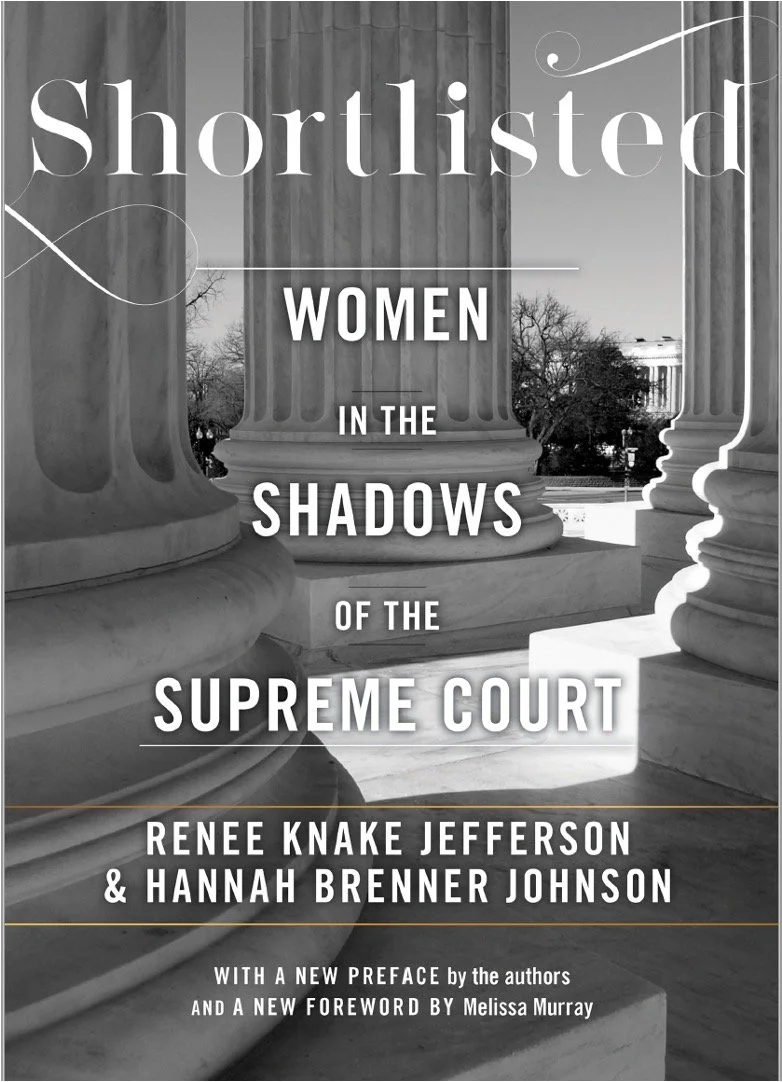Select Shortlisted Book Reviews
-
“This fascinating book reconstructs a chapter of women’s history that has been hiding in plain sight: the numerous qualified women whose names were floated for the Supreme Court but who never got there. Just as they were overlooked, so have their individual stories been — until now. ”
—Linda Greenhouse, New York Times contributing columnist:
-
“Stunningly original in its focus and its careful research, Shortlisted is beautifully written and an important addition to the literature about the Supreme Court, the process of nominating justices, and the role of gender in American law.”
— Erwin Chemerinsky, Dean and Jesse H. Choper Distinguished Professor of Law, University of California, Berkeley School of Law
-
“This is a major contribution to the story of women lawyers.”
— The Honorable Nancy Gertner, United States District Court Judge (Ret.) and Senior Lecturer, Harvard Law School
-
“The book provides a behind-the-scenes empirical examination of the gendered portrayals of women shortlisted to the Supreme Court, casting a spotlight on media biases and stereotypes.”
— Named 2020 Exemplary Legal Writing by the Green Bag Almanac
-
“Timely and provocative ... fascinating examination of the ‘herstories’ of the ‘shortlisted sisters’ ... well written, logically organized, and thoroughly researched exploration.”
— Law & Society Review
-
“Shortlisted tells the political and personal sagas of women publicly considered for appointment to the Supreme Court but never actually nominated by a president... With fresh research, the authors effectively humanize the women who never
— Kirkus Reviews
In 1981, Sandra Day O’Connor became the first female justice on the United States Supreme Court after centuries of male appointments, a watershed moment in the long struggle for gender equality. Yet few know about the remarkable women considered n the decades before her triumph.
Shortlisted tells the overlooked stories of nine extraordinary women—a cohort large enough to occupy the entire Supreme Court bench—who appeared on presidential lists dating back to the 1930s. Florence Allen, the first female judge in Ohio, was named repeatedly in those early years. Eight more followed, including Amalya Kearse, a federal appellate judge who was the first Africa American woman viewed as a potential Supreme Court nominee.
In addition to filling a notable historical gap, the book exposes the tragedy of the shortlist. Listing and bypassing qualified female candidates creates a false appearance of diversity that preserves the status quo, a fate all too familiar for women, especially women of color. Shortlisted offers a roadmap to combat enduring bias and discrimination. It is a must-read for those seeking positions of power as well as for the powerful who select them in the legal profession and beyond.


